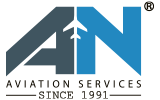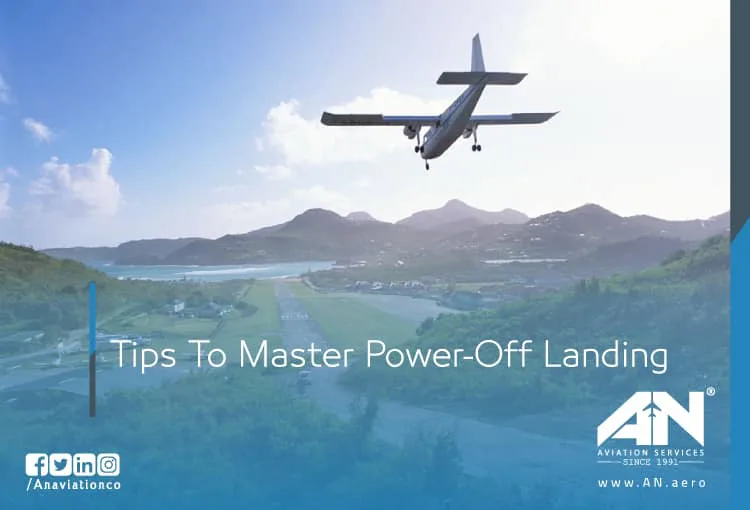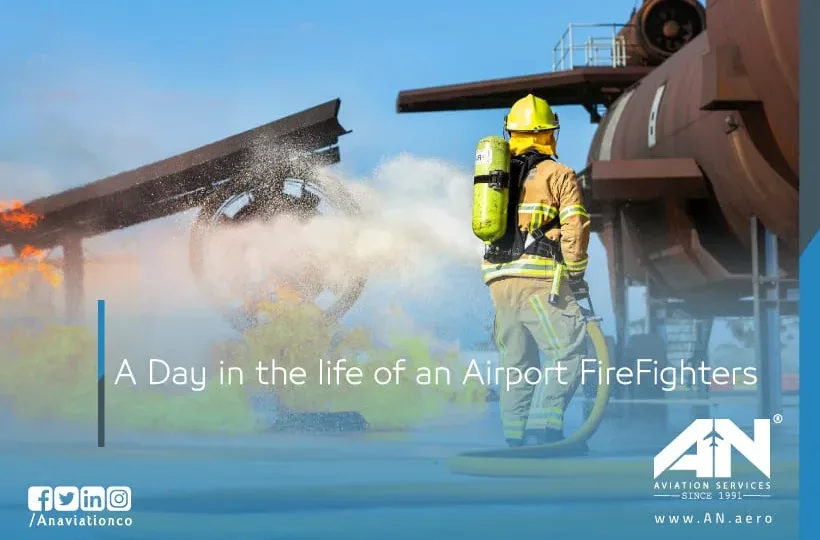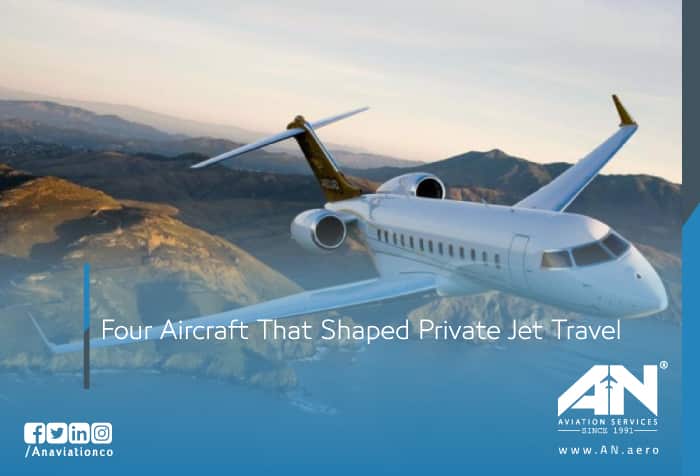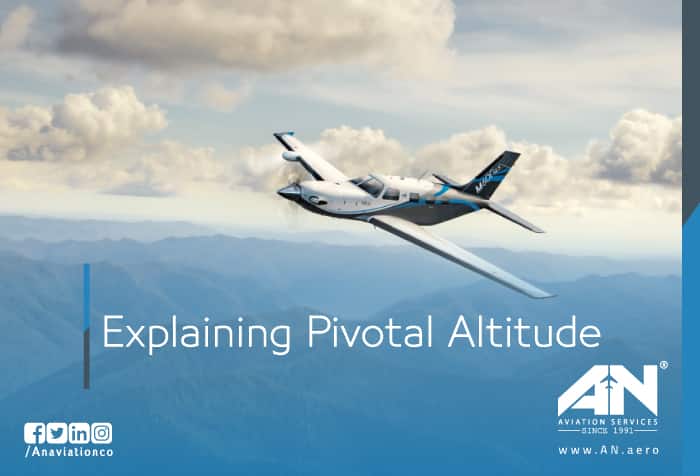The global aviation industry has been through turbulence unlike anything it’s ever faced.
Whether it’s part of routine training or an unexpected emergency, executing a successful power-off landing demonstrates a pilot’s ability to manage the aircraft under challenging conditions.
Airport firefighters play an essential and often overlooked role in ensuring the safety of thousands of passengers, crew, and staff who pass through airports daily.
The introduction of a new airline route is much more than just picking two destinations on a map and flying between them.
In an age where technology is streamlining nearly every aspect of life, the aviation industry is making significant strides toward eliminating paper-based processes.
The world of private jet travel has grown immensely over the years, transforming from a luxury reserved for the elite few into a key player in business and personal aviation.
Whether you’re training to become a commercial pilot or aiming to earn your flight instructor certificates, understanding key flight maneuvers and their underlying principles is critical.
The aviation industry is no stranger to innovation, but the advent of artificial intelligence (AI) has taken it to new heights.
